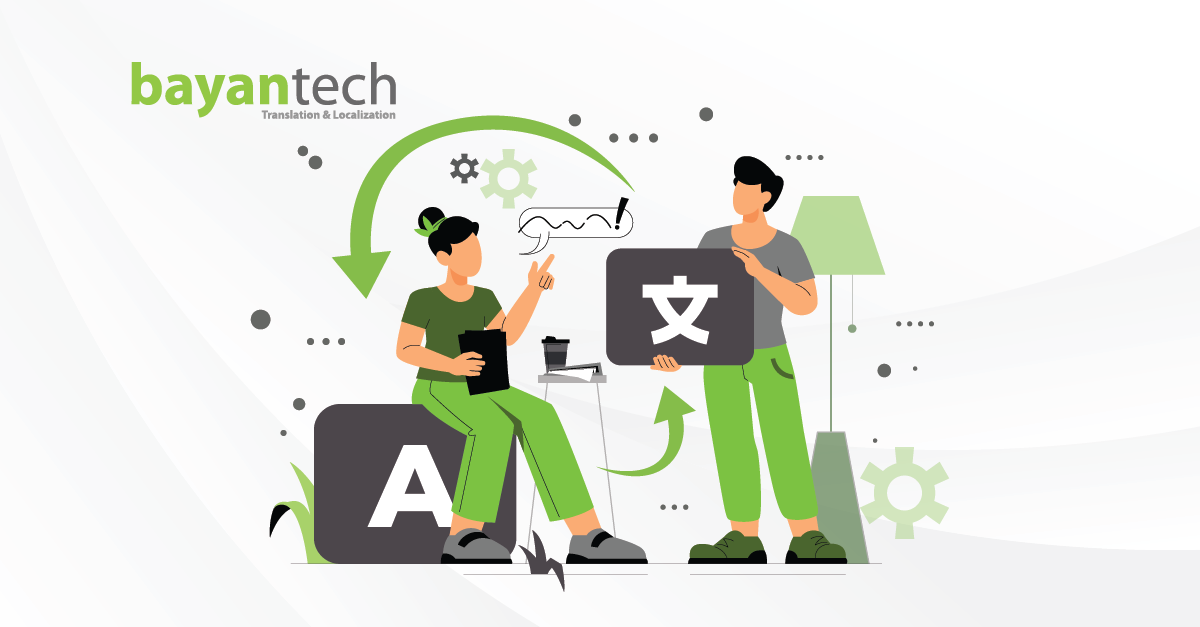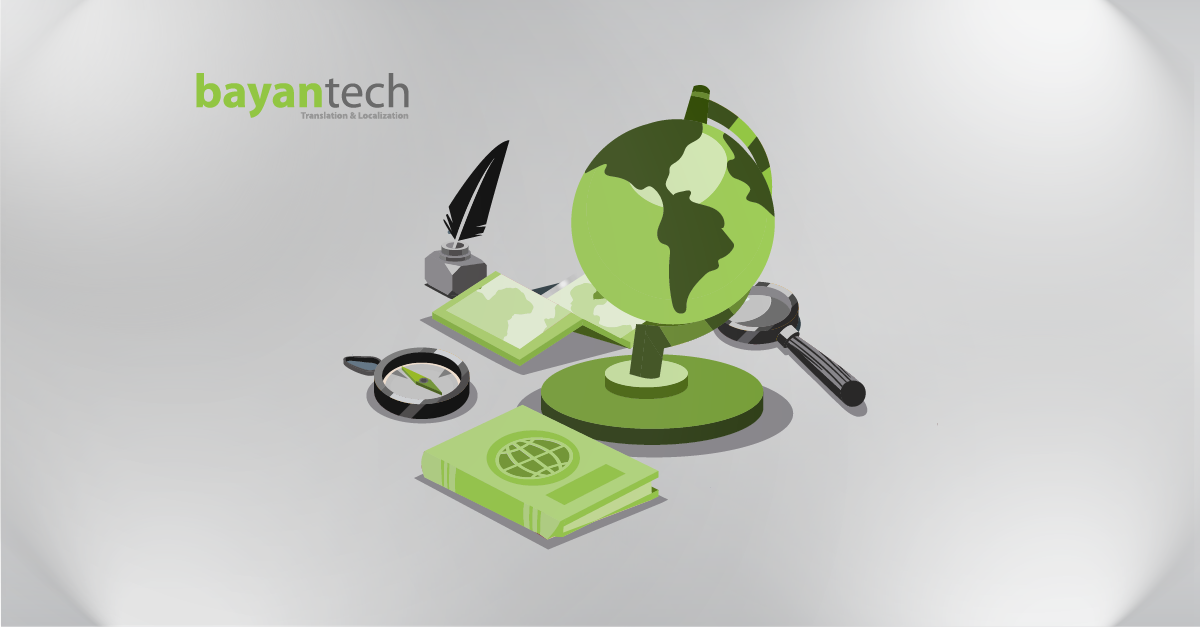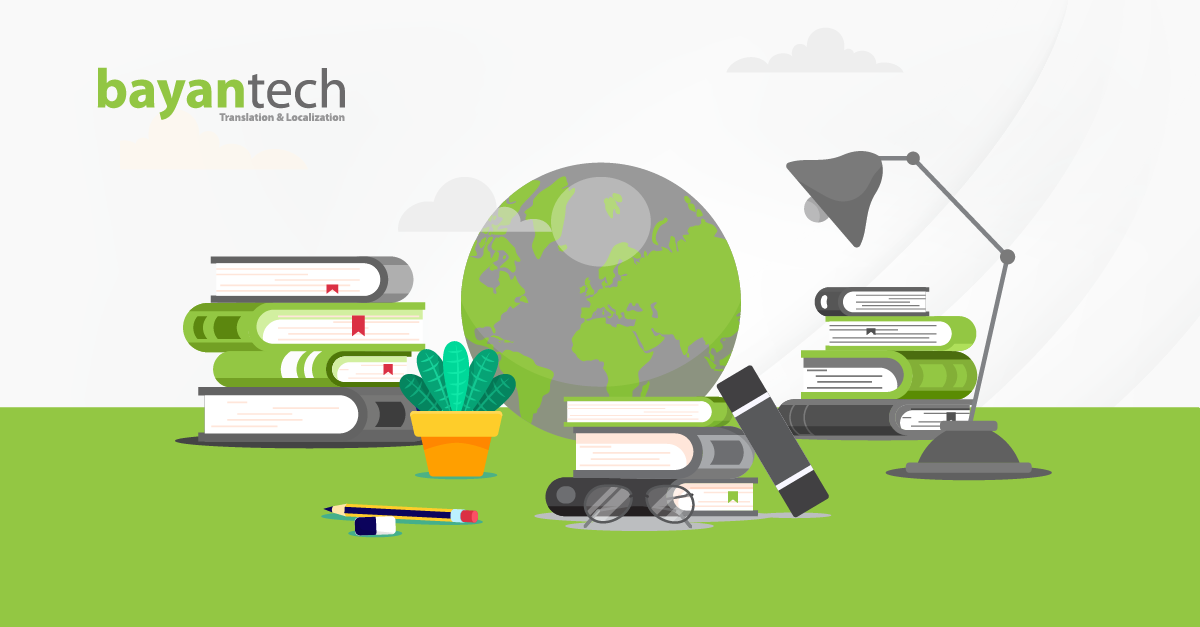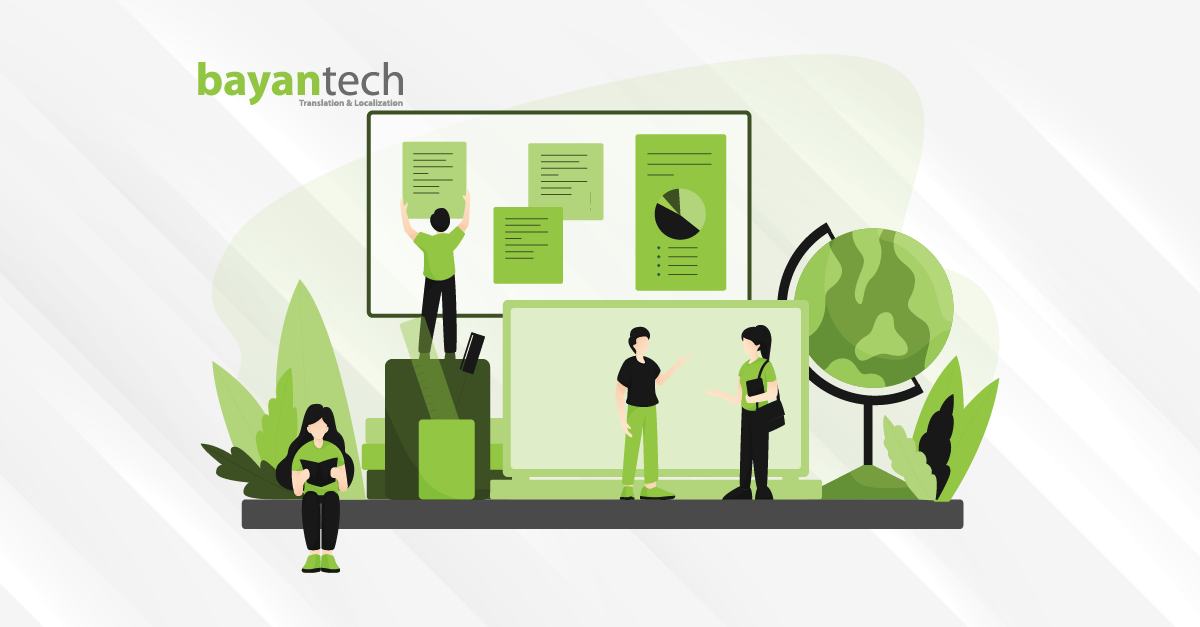In today’s business world, sticking to one language can seriously limit your reach.
Sure, English is widely spoken, but the countries with the best English proficiency—the Netherlands, Singapore, Austria, Norway, and Denmark—represent only a small fraction of the global audience.
And with Mandarin Chinese, Hindi, and English topping the list of the world’s most spoken languages, it’s clear that businesses must adapt their content for multilingual audiences.
Accessibility is just as important. Only 3% of the web is considered accessible to people with disabilities—a staggering gap that not only affects individuals but also means businesses are missing opportunities to connect with wider audiences.
That’s where translation and transcription come in.
Let’s break down translation vs transcription and how your business can make use of each service.
Understanding the Difference between Translation and Transcription
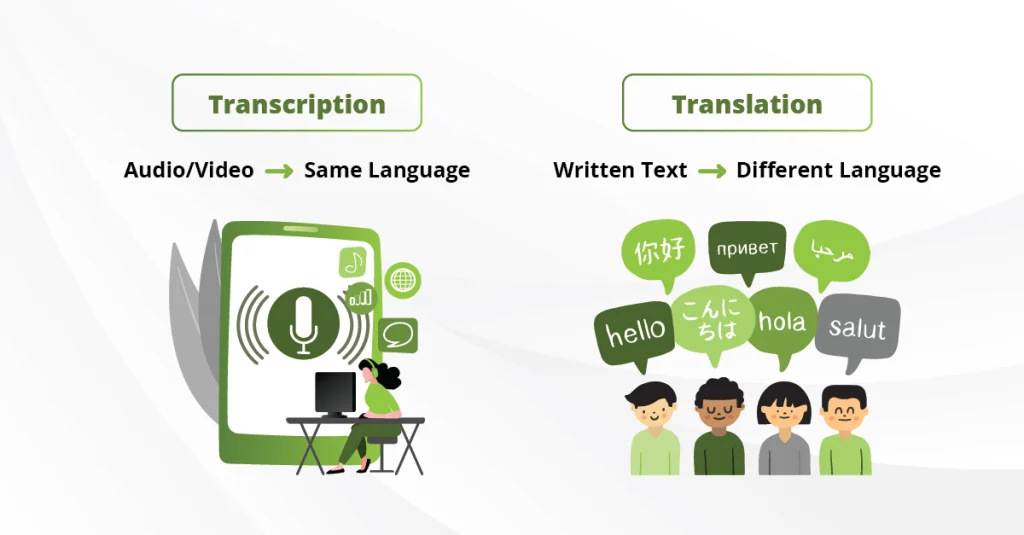
Translation vs transcription is a common point of confusion. Yet choosing the right service is essential to ensure your message reaches the right audience, in the right way.
Simply put, transcription involves converting speech to text, turning meetings, webinars, or interviews into accurate written records.
Translation, on the other hand, converts one language into another, adapting meaning and tone for cultural relevance.
Both can be part of the same workflow. For example, you might need real-time transcription for a live event, followed by a translation process to make the content accessible in another market.
From speech-to-text for compliance records to live translation for multilingual conferences, selecting the right approach is key.
With professional Translation Services, you ensure accuracy, cultural alignment, and seamless communication across borders.
What Is Transcription?
At its core, transcription is the process of converting spoken words from audio or video into a clear, written format. It’s the written record of what was said—whether from a meeting, podcast, interview, or legal deposition.
There are several types of audio transcription services, each designed for different needs:
- Single-language transcription – Converts spoken content into written text in the same language.
- Multilingual transcription – Handles audio or video involving multiple languages.
- Verbatim transcription – Captures every word, pause, and filler exactly as spoken.
- Real-time transcription – Provides live speech-to-text during events or conferences.
- Recorded session transcription – Works from existing audio or video for post-event documentation.
Today, many companies use AI-powered speech-to-text tools to speed up the transcription process.
But for businesses where accuracy matters—especially in legal, medical, or corporate contexts—human Transcription Services are essential.
Professional transcribers not only ensure correct wording, but also format the content for clarity and context.
Whether you’re documenting an internal strategy meeting, preparing a multilingual transcript for a global audience, or creating captions for a webinar, precise transcription keeps your message accessible, searchable, and ready to use.
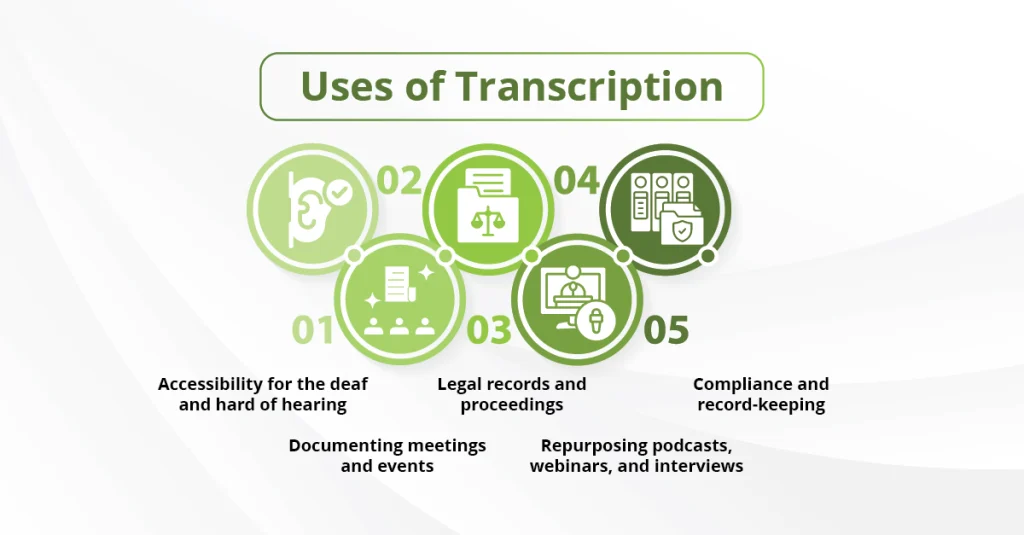
What Is Translation?
Translation is the process of converting written content from one language into another while preserving meaning, tone, and intent.
Whether it’s English to Arabic, Chinese to French, or any other pair, the goal is to make your message resonate just as clearly with a new audience.
The translation process goes far beyond simple word-for-word conversion. It’s a multi-step workflow designed to ensure your message is accurate and ready for its intended audience:
- Initial translation – Completed by a professional linguist fluent in both the source and target languages.
- Proofreading – Reviews the text for grammar, spelling, and style consistency.
- Formatting – Aligns the translated content with the original layout and design.
- Quality assurance (QA) – Conducts final checks to guarantee accuracy and cultural appropriateness.
While there are tools for real-time translation, especially in digital and live event settings, businesses that prioritize precision rely on professional human translators.
That’s because they bring linguistic expertise and cultural understanding that machines can’t match.
Translation is everywhere in business: from video localization and multilingual subtitles to legal contract translation, product manuals, and marketing campaigns.
In each case, skilled language translation ensures your content isn’t just understood; it’s effective in every market you serve.
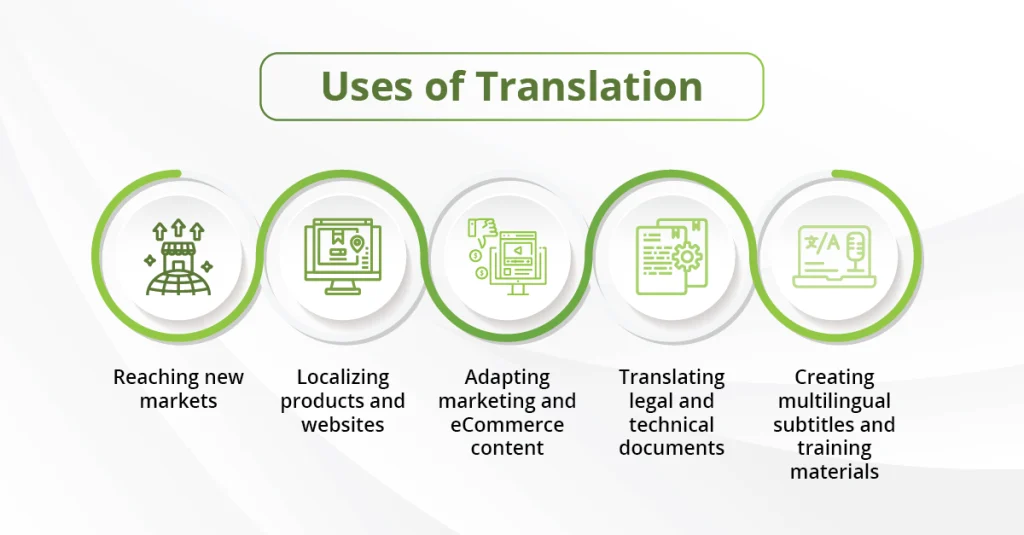
Translation vs Transcription: Side-by-Side Comparison
| Aspect | Translation | Transcription |
| Purpose | Involves converting written content from one language to another while preserving meaning and tone | Involves converting spoken audio or video into written text in the same language |
| Input Type | Text-based source material (documents, subtitles, product manuals) | Audio or video recordings, live speeches, meetings, or court hearings |
| Output | Written text in a different language | Written text in the same language |
| Tools Used | CAT tools, Translation Memory, terminology glossaries | Audio playback software, speech-to-text tools |
| Real-Time Capability | Live translation for webinars, conferences, or multilingual events | Real-time transcription in courtrooms, meetings, or live broadcasts |
Which One Do You Need: Translation or Transcription?
Use transcription when you need to turn webinars, interviews, or internal meetings into clear, searchable text. It’s also essential for compliance, documentation, and creating written records of legal or corporate events.
Choose translation when your goal is to reach new markets or adapt content for international users, like product localization, marketing campaigns, and training materials.
Sometimes, you’ll need both, such as transcribing a training module or podcast, then translating it to produce multilingual subtitles or localize the content for different regions.
In these cases, the process often starts with multilingual transcription before moving to real-time translation or written translation for your target audiences.
Translation vs Transcription: Access Both Services with bayantech
At bayantech, we specialize in both professional transcription and translation services, helping businesses communicate with clarity across languages and formats. Every project is human-reviewed, follows ISO 9001:2015 and ISO 17100:2015 standards, and is delivered with fast turnaround without compromising quality.
Whether you need multilingual transcription for a webinar, real-time translation for an event, or product localization for global markets, our expert linguists and industry specialists are ready to help.

